Field lines from individual charges DO "intersect" (technically superimpose), but a field line diagram does not show field lines of individual charges; They show the resultant field line. And it makes perfect sense both mathematically and physically that the resultant field lines cannot intersect with each other because if they did, this would mean that a free charge at that location would move in more than one direction simultaneously in the literal sense of being in two places at once, not the vector summation sense. This is because resultant field lines are already vector summations so unless you are able to get multiple results from a single vector summation, then intersecting resultant field lines are impossible.
In addition that means that the field lines in a diagram do not "belong" to a charge unless that charge is the only thing present. Because if there is more than one charge present, the lines on the diagram are resultant field lines.
Therefore, just because a field line look like it is originating from a charge doesn't mean that only that charge is responsible for the way that field line looks. The field lines from each lone individual charge both contribute to what the final resultant field line looks like, regardless of which charge that resultant field looks like it is coming from.
https://www.thetestpapers.com/course/physics-neet-electricity-and-magnetism/lessons/electric-charges-and-fields/
You know the field lines from a single lone charge all point radially inward or outward like in (a) and (b).
So if we put two of like charges of (a) beside each other those field lines superimpose and you end up with (c). You should see that the "gap" in the field lines in (c) only exists by because the charges are both influencing the resultant field line.
So your question is like applying 1N to an object from the left, applying 1N to the object from the right to result in a net 0N and then asking "How do the forces from either side affect the object if the result is 0N?". The answer is obvious: The net force is only zero because both forces are influencing the object. If they weren't then the answer would not be zero.
WHAT FIELD LINE DIAGRAMS REPRESENT
Second, I want to talk about what is actually being represented in a field line drawing. Field lines don't have gaps in between them and aren't discrete as drawn. The field is continuous so there is a direction and magnitude everywhere which means there are field lines everywhere.
But we don't put something everywhere on the drawing or else the density of the drawing would increase and become unreadable blocks of colours and/or arrows. So just because there is a gap between two field lines on the diagram does not mean there are no field lines in the gap. We don't just draw them in so things remain readable.
Similar to how a topographical elevation map that uses lines rather than colour gradients works).
The lines trace areas with the same elevation but that doesn't mean there's no ground in between the lines. You could draw more lines in between those lines and increase the density but then the drawing would become unreadable. The lines on an elevation map don't have direction though so you can replace everything with a colour gradient instead which can continuously show every elevation in between.
 https://en-us.topographic-map.com/maps/74d1/London/
https://en-us.topographic-map.com/maps/74d1/London/
However, it is not so easy to do this with field lines since field lines have magnitude and direction (two things to represent) and it is difficult to have colour represent direction, let alone both direction and magnitude.
In fact, drawings with a continuous field lines such as (a), (b), (c), or (d) is sacrificing displaying the magnitude to more accurately show the direction. To show both direction and magnitude of field lines you need a drawing that uses discrete vectors that looks like this:
 https://github.com/tomduck/electrostatics/blob/master/README.md
https://github.com/tomduck/electrostatics/blob/master/README.md
Also, note that in the above diagram with discrete vectors, there is not really field lines going from one charge to another. No vector really belongs to either charge. This is one way where the continuous field line diagrams can be misleading.
You could also have a field line drawing that completely sacrifices direction to accurately show magnitude using colour gradients. You almost never see these though. The only place I have seen them is in aerodynamics and almost always usually part of an animation rather than a still image (since the presence of motion helps indicate the direction):

See full animation here: https://www.futurity.org/wing-shape-flying-1969252/
THINGS THAT DIFFERENT REPRESENTATIONS OF FIELD LINE DIAGRAMS CAN HIDE
Take a look at this document: http://www.supermath.info/ElectricFieldsfromPtCharges.pdf
Here is one of scenarios contained in the document: two like charges:
Look carefully at the field lines located along the line directly between the two like charges. They do not point straight towards the other charge but instead see them veer slightly off. This is because the discrete grid used does not land exactly on the straight line connecting the two charges.
If the grid used landed on exactly the straight line between the charges you would see different things depending on the type of field line representation used. A continuous line representation would have no field line at all anywhere along the straight line between the charges. That is because a continuous line diagram discards magnitude and only has direction. That means that the continuous field line produced by each charge (not the resultant field line) along the line straight between charges are directly opposite of each other and cancel out.
However, we know the magnitude of the field produced by an individual charge is strongest near the charge weakens weakens as you get farther away from the charge. So in a discrete line diagram that would mean that only at the exact center between the two charges would the field vectors produced by each individual charge would perfectly be equal in magnitude to actually cancel out to zero.
At everywhere other than center along the straight line between the two charges, the field vectors produced by each individual charge would not be equal in magnitude and therefore not cancel out completely to zero. This means that along the connecting straight line between two charges, there would be field vectors that have increasingly larger magnitudes (longer lengths) as you get closer to the charge. This is something you would not see at all on a field line diagram that used continuous lines.
Also, note that field lines that run perpendicular to the connecting line between the two charges. It matches how in your paper drawing the field lines that are parallel in the same direction can "intersect" so long as they do not cross. Thus giving a single, rather than multiple, numerical result for a vector summation at those points.
